Which is better, a prime lens or a zoom lens? It’s hard to say. On one hand the zoom lens is convenient. On the other hand the prime lens is smaller, lighter, and possibly, slightly better optically.
Is convenience the ultimate luxury or is it better to use a single focal length at a time forcing the photographer to make careful decisions about when to change lenses for a different perspective?
People will obviously fall on both sides of the argument, but I’m not here to tell you what other people think, I’m here to tell you what I think!
Well, what I think is this: you should use whatever lens inspires you. Of course prime lenses are high quality optics with uncompromising and borderline flawless image quality… And zooms are usually just a little bit less good optically. But does that mean that you should run out and buy a whole set of prime lenses?
Many photographers and styles of photography are probably better suited to zoom lenses. While fantastic pictures can be taken from just about anywhere with any focal length, zoom lenses help expand the space you can take good pictures from. If you ever find yourself wishing you could change lenses faster or carry fewer lenses, then a zoom is probably a good option for you to try.
On the other hand, some photographers tend to “think” in a specific focal length like 50mm or 35mm. They’re just happy taking every shot at that focal length and there’s nothing wrong with that. Those photographers will probably like using a prime lens.
I think most photographers will prefer a zoom lens if they don’t know what the situation will be where they’re going to be taking pictures. But, if you’re very familiar with a particular place or venue then it might make sense to bring along a fast prime to get a particular shot. Yes, it’s a lot of money to spend on getting a single shot so it really has to be worth it to you and to your customers if you want to work like that.
I personally prefer zoom lenses, especially in the 24-200mm range of focal lengths. In this range there isn’t a huge amount of benefit in going with a prime lens although some may disagree with that. I think most people would be hard-pressed to see a difference between a good 85mm f/1.4 shot wide open, and a good 70-200mm shot wide open. The 70-200mm can generate a lot of background pop when it is zoomed in to 135mm-200mm. It may actually get more pop off the background because most 70-200’s have a closer minimum focus distance than most 85mm prime lenses.
There’s a give and take between many zooms and prime lens options because the zooms usually have closer MFD’s (unless the prime is a macro). Since a zoom can get a nice time frame, they’re often able to match the background blur of the larger aperture of similar focal length prime lenses. For instance, the RF 70-200mm f/2.8 L can focus as close as 2.3ft/70cm and manage up to .23x magnification of the subject. On the other hand, the RF 85mm f/1.2 L can only focus as close as 2.79ft/85cm with .12x magnification. Because of that magnification difference the 70-200mm is capable of creating more background blur than the 85mm can.
It’s just one of those things that people tend to ignore when discussing the zoom vs prime debate. Most discussions unanimously pronounce primes as the superior bokeh machines, but forget that most primes don’t focus as closely as zooms which lowers their maximum bokeh generating ability.
With performance being so close, most of the time it ends up being the case that a zoom lens is the best choice. Sure, the RF 85mm f/1.2 L takes exquisite photos, and so does the RF 70-200mm f/2.8 L. Both are very good lenses. Obviously, with the zoom attached I can instantly create variety and framing options that might be more interesting. Everyone says they’ll zoom with their feet, yeah, they don’t. Try shooting a 12-14 hour wedding day and see how you feel. I predict you’ll be looking for a zoom at a camera store afterwards.
28mm framing:

70mm framing:

A zoom lens, what a concept!


1 Comment
But does that mean that you should run out and buy a whole set of prime lenses?